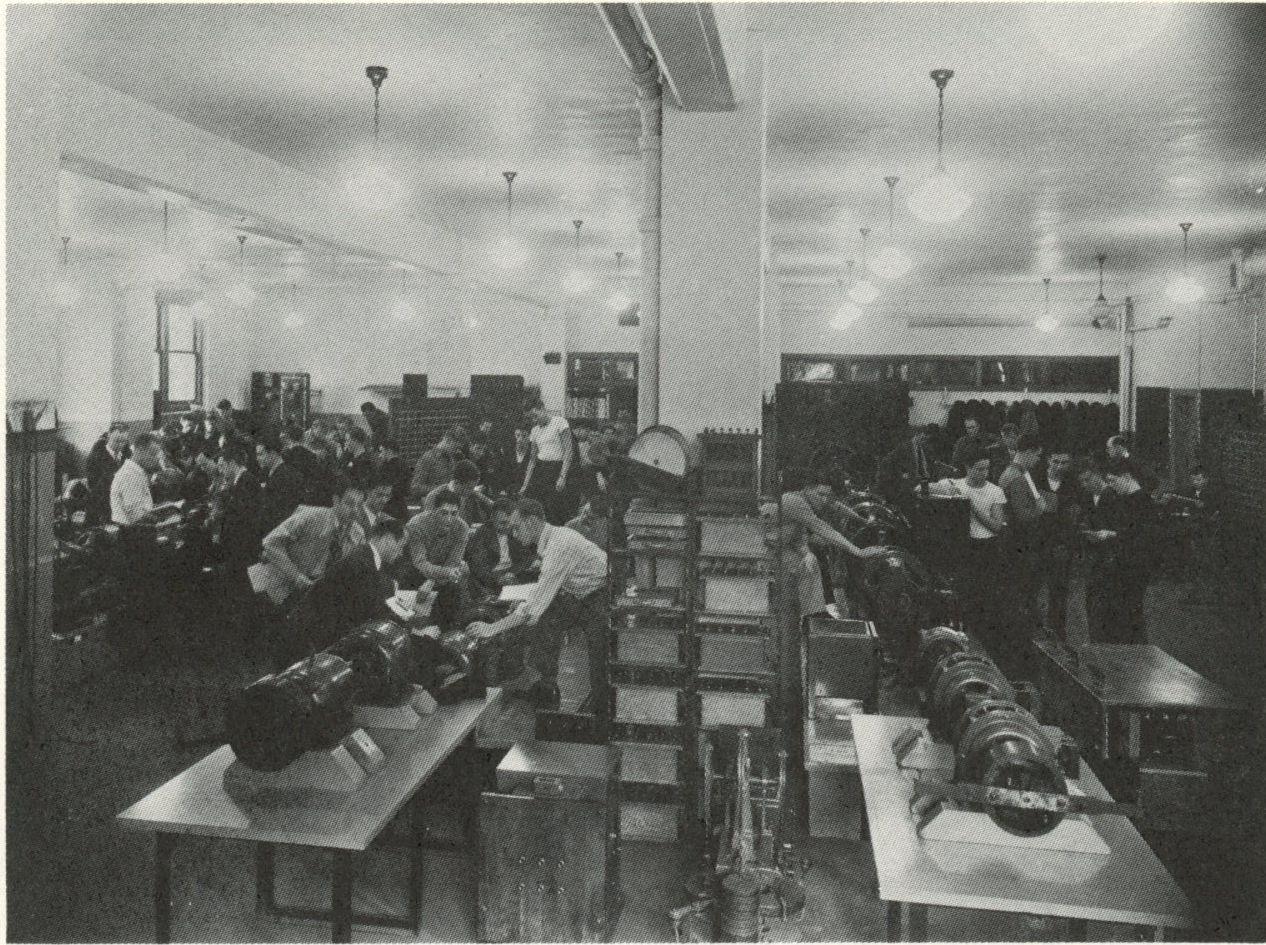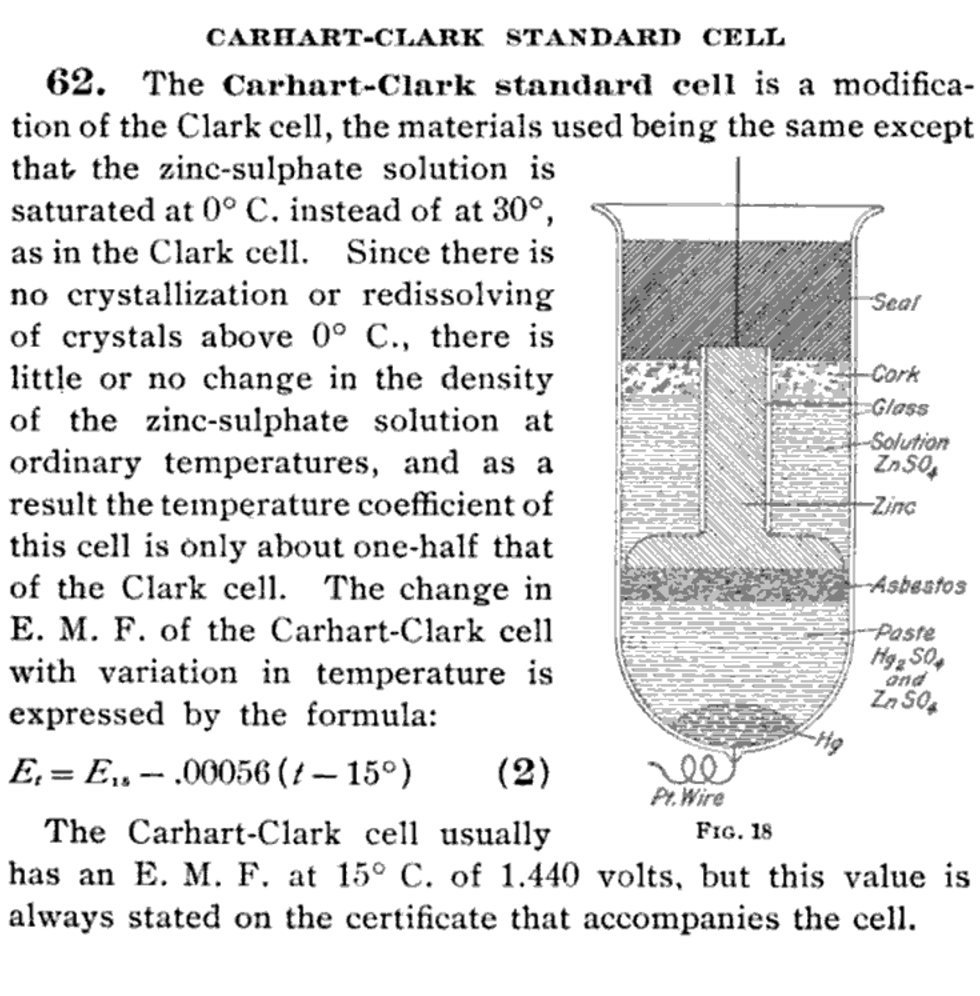Henry Carhart and the First EE Course

 Enlarge
Enlarge
Henry S. Carhart was never a professor in electrical engineering, but this professor of Physics did teach the university’s first course in the field, and helped build the framework for the rest of the department. That first course was “Physics 14,” a course in dynamo-electric machinery, first offered in 1888. At the time, Carhart was Head of the Department of Physics, and within the next year the Regents approved a degree program for a Bachelor’s of Science in Electrical Engineering.

 Enlarge
Enlarge
With only Carhart and one EE instructor (George W. Patterson), it’s unsurprising that for the first several years of the degree program’s life only 8 hours of EE coursework were required. The field was still relatively new – the first Department of Electrical Engineering in the world had just been formed at Darmstadt University of Technology in 1882. Here, those earliest students could choose from courses in dynamo-electric machinery (the same course that Carhart had started the movement with), distribution and transmission of power, photometry, primary and secondary batteries, and an elective course in mathematical electricity. At first, all coursework was listed under Physics. It was not until 1895 that they were grouped separately as EE.

 Enlarge
Enlarge
Carhart was a successful researcher, writer, and inventor at his time. He specialized in electrochemistry, authored at least five textbooks, and invented a voltaic cell called the Carhart-Clark Cell. He was a major force in the construction of the first University Power House, bringing the campus widespread electricity for the first time in 1897. Carhart made the decision to generate direct current at 220 volts, while most city systems of the time operated on a 3-wire system that could generate both a 110- and 220-volt direct current. He did this, despite his solution’s limitations, to avoid paying royalties to General Electric – they owned all the patents.
The deparment’s eventual third chair, Benjamin F. Bailey, took Carhart’s early EE courses. He had this to say about the professor:
“I think it’s safe to say that no one who studied under Carhart will ever forget him. He was a small, nervous man, full of energy and “pep.” He was a good lecturer, but not very profound. His pet aversion was blown fuses and each case called for a thorough investigation. The poor culprit did not hear the last of it for many a long day. In his laboratory classes, we lined up outside the door. Promptly at one o’clock, the doors opened and we filed in. Everything was “hooked up” and we were each assigned to read an instrument. When we were “all set,” he started the motor and the experiment proceeded. It is a fact that I was the only student in my class who ever even started a motor and that was because I sneaked in at night to see if I could do it.”
Carhart retired from the university in 1909.
 MENU
MENU 
